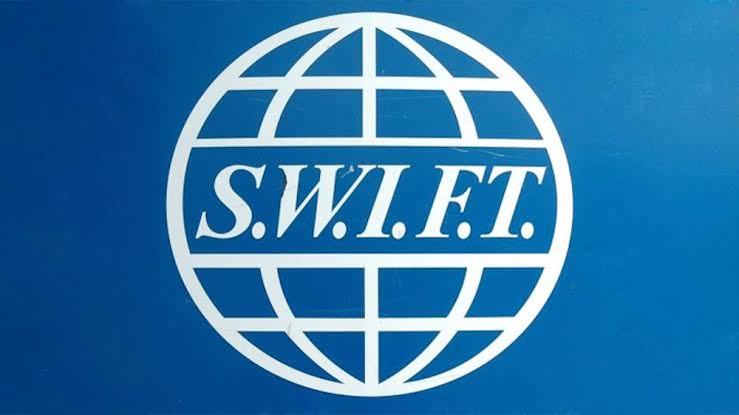
SWIFT Payment is the acronym of the Society for Worldwide Interbank Financial Telecommunication, an organization based in Brussels that has been around since the early 1970s.
It was created to help banks communicate faster and more securely among themselves in relation to the processing of international payments.
Basically, what SWIFT does is channel the message enclosing payment instructions from the issuing bank, i.e. the bank of the payor, all the way to the remitting bank, i.e. the bank of the beneficiary.
______________________________________________________________________
______________________________________________________________________
How Swift Works
The SWIFT network doesn’t actually transfer the money – it communicates transaction orders between institutions using SWIFT codes.
SWIFT assigns every financial organization a unique code which has 8 or 11 characters. This code is called the SWIFT code, ISO-9362, or the BIC code. It comprises:
- The institution code
- The country code
- The location code (or city code), and
- An optional branch code to identify individual branches
Let’s assume a Standard Bank customer in Kenya wants to send money to their friend in the USA, who has an account with Bank of America (BofA).
The Standard Bank customer can do this by logging into net banking and entering the details of the BofA customer, like the account number, branch name, and the SWIFT code.
Once this transaction is initiated, SBI will send a SWIFT message to BofA, which will then be verified and cleared by BofA and the recipient will get the credit in their BofA account.
SWIFT Sanctions
The wide coverage of SWIFT – covering over 11,000 institutions in more than 200 countries around the world – makes it an almost universally-accepted system.
It counts central banks of countries like:
- U.S.
- U.K.
- Germany
- France
- Japan
- India
- China
- Singapore
and others among its list of overseers.
Given how most of the world uses SWIFT for international money transfers, a ban on Russia from the payment systems means that the banks in the country will not be able to accept funds or make payments outside of Russia.
A SWIFT ban therefore makes exports and imports from and to Russia almost impossible and Russia would have to look for alternative means to transfer money.
Decentralized Alternatives?
However, cryptocurencies now offer an alternative for Russians to send or receive money globally.
Since BTC, ETH, and stables like USDC are based on decentralized blockchains, they are immune from centralized management, the kind that is observed under SWIFT.
However, users will find it hard to use cryptocurrencies to escape international sanctions.
Blockchain, the technology that underpins bitcoin, is a public ledger of activity. It’s therefore possible to track the movements of funds from one account to another quite easily. As a result, this does not make it a good tool for avoiding sanctions.
___________________________________________________________________
RECOMMENDED READING: [WATCH] Bretton Woods: Central Bank Digital Currencies (CBDCs) Good for Global payments
___________________________________________________________________
Thank you for your support by helping us create content:
BTC address: 3CW75kjLYu7WpELdaqTv722vbobUswVtxT
ERC20 Address: 0x03139524428e40E31f13909f8D994C915FB91277
SOL address: 9cC65AWFHj848kntcoyiT8av3jiRQEqyTTmBR1GvVUb
____________________________________________________________________
Follow us on Twitter for the latest posts and updates
Join and interact with our Telegram community
_____________________
Subscribe to our YouTube channel below for more updates:
____________________________________________________________________








